Introduction: A Major Leap for India’s Defence Sector
Today, big step has been taken as India Indigenous Stealth Fighter Jet AMCA, has been Cleared. You all must know that AMCA was approved last year, but who will execute it, under whose supervision, and by whom will it be built? All those decisions were taken today. You can see the news.
Significance of Project Execution
India’s Fifth Generation Steel Fighter Jet Project Gets Green Light as AMCA Program Enters Execution Phase. Look, it is very important that when you are executing the project, how all these things will be planned out. The main timeline ahead will be told. So I will tell you all that in detail in this video.
Strategic Importance of AMCA
After knowing a lot, see, this is going to be a huge project for India, and it is essential for our security that we remain self-reliant here. Meaning, at the time of war, we should not be dependent on other countries.
AMCA: India’s Entry into an Elite Club
Well, first of all, let me tell you that today, during India’s AMCA, Advanced Medium Combat Aircraft Project, has taken a historic leap in its defence and aerospace capabilities. If India makes it, we will come into the elite club of nations.
Global Context of Fifth-Generation Stealth Fighters
Because there are very few countries, there are only two-three countries, which I will tell you in the next video, that make fifth-generation stealth fighter jets.
Overview of AMCA Capabilities
And this AMC, let me tell you, represents the first indigenous design and development of a fifth-generation stealth multi-role fighter jet by India that will ensure air dominance in future warfare scenarios.
Replacement of Legacy Fleet and Supplementing Current Ones
If we build this, we will replace our old fighter jets, such as the MiG-29 and Mirage 2000. At the same time, it is evident that we will supplement India’s most advanced jets, like the Rafale, Sukhoi 30 MKI, or Tejas, accordingly.
AMCA Approval and Execution Model
Cabinet Approval and Execution Plan
Well, what is its approval? First, understand a little bit about what has happened today. See, in March 2024 itself, the Cabinet Committee on Security had given formal approval for the execution of the entire AMCA program.
Details of Approval
We will approve the sanctioning of funding, the project timeline, and the development model, and we will make all these things with a public-private partnership.
Execution Model and Supervision
Still, today you can see that the Ministry of Defence issued a press release here, informing that they have approved the AMCA program execution model.
Leadership and Manufacturing Responsibility
Now, what does this mean? First, I will tell you about the highlights. Execution means under whose supervision will all this be done? Who will lead this entire program?
So, first of all, let me tell you that within DRDO, there is the ADA Aeronautical Development Agency. This entire program will be led by them. It will be taken forward.
Manufacturing and Industry Participation
Now the question is, who will make it? This fighter jet? Look, Hindustan Aeronautics Limited will make and manufacture it, along with the participation of private sector companies in our country.
Private Sector Involvement and Bidding
This is something like the entire project of Tejas MK2, in which we make a special-purpose vehicle, which again makes it HL. But many small private companies have also been included.
So Indian industries will be allowed to bid independently for different components. They can form joint ventures and also create a consortium for participation.
Key Features of AMCA
Stealth Technology
Well, if we talk about the technical features of AMCA that experts communicate, then the most important and biggest feature is its stealth feature.
Importance of Stealth
Because when we talk about the fifth generation, then a fighter jet that if it goes inside the enemy country… then our fighter jet will escape their radar. That means it is called a stealth feature.
Design and Materials for Radar Evasion
Here, they apply a coating of such material, and they design it in such a way that it does not come under radar coverage, and due to this, its superiority increases.
Multi-role Capability
The second is multi-role capability. Meaning its air superiority will be the strongest. It will be able to do ground attack, electronic warfare reconnaissance.
Super Cruise and Sensor Fusion
Super cruise capability means that it will have the ability to fly at supersonic speed.
Sensor fusion means that here you will get to see the integration of data from multiple sensors.
AI Integration and Advanced Cockpit
Apart from this, it is obvious that today the era of AI has arrived… threat analysis is done, targeting is done…
Like the advanced glass cockpit, this glass cockpit that you are seeing, you will start seeing all the things here…
Timeline and Development Phases
Design and Prototype Timeline
Now the question is, what is its timeline and phases? First of all, let me tell you that it is being said that by 2026, its complete design development, system, material, and everything will be developed for you.
Prototype and Testing Timeline
Then, by 2026-27, its first flying prototype will be unveiled.
By 2028, it is expected that it will take its first flight by DRDO and ADA.
Testing and certification from 2028 to 2032.
Target Delivery
And the target here is that by 2034, the first version of AMCA MK1… will be ready by 2034.
Variants and Indigenous Content
Two Variants: MK1 and MK2
Well, the question here is how many more versions are we thinking of? Look, two variants of this have been planned for now.
First of all, AMCA MK1… powered by the GE F414 engine…
AMCA MK2… powered by the indigenously developed engine.
Collaboration on Engine Development
We are working in collaboration. Saffron is there. Apart from this, there is also R Royce.
Indigenisation Targets
The MK one version… will have 75% indigenous content.
The second version will have at least 85% indigenous content.
Industrial Ecosystem and Economic Boost
Indian Companies Involved And not only this, many Indian companies will benefit a lot from this. More than 200 Indian companies are being included in this.
Examples: God Air Aerospace, Bharat Electronics, LNT Data Pattern.
Self-Reliance in Defence Manufacturing
This means that this is going to be a major boost for self-reliant India in defence manufacturing.
Strategic Importance and Regional Balance
Need for Strategic Self-Reliance
Because right now, India is dependent on foreign suppliers…
Problems with Foreign Fighter Jets
Some news is coming that India has urgently asked for the source code of the Rafale fighter jet from France here. But France may refuse to give it…
Countering Regional Threats
Because if you look at China, it has already made the J20 stealth fighter jet…
And Pakistan may acquire J31…
India’s Entry into the Global Elite Club
Limited Global Capability
There are only a few countries in the world like the USA, Russia, and China.
With AMCA, India will become the first and fourth country globally that will be able to do its proper testing, deployment, and everything.
Technological Leap and Future Potential
Technological Advancements
In AMCA, it will have stealth shaping, sensor fusion, super cruise capability, electronic warfare suite…
Long-Term Cost Benefits
Thousands of crores will be spent on it… But it will be cost-effective compared to importing…
Export Opportunities
It is possible that later on… the export opportunity will also increase.
Conclusion
After India Indigenous Stealth Fighter Jet AMCA Cleared for Production.
The overall conclusion is that the AMCA project is not just about new fighter jets.
It is basically about empowering the Indian defence economy.
Read More: https://hindiakhbarr.com/china-helps-pakistan-to-upgrade-its-nuclear-weapon/
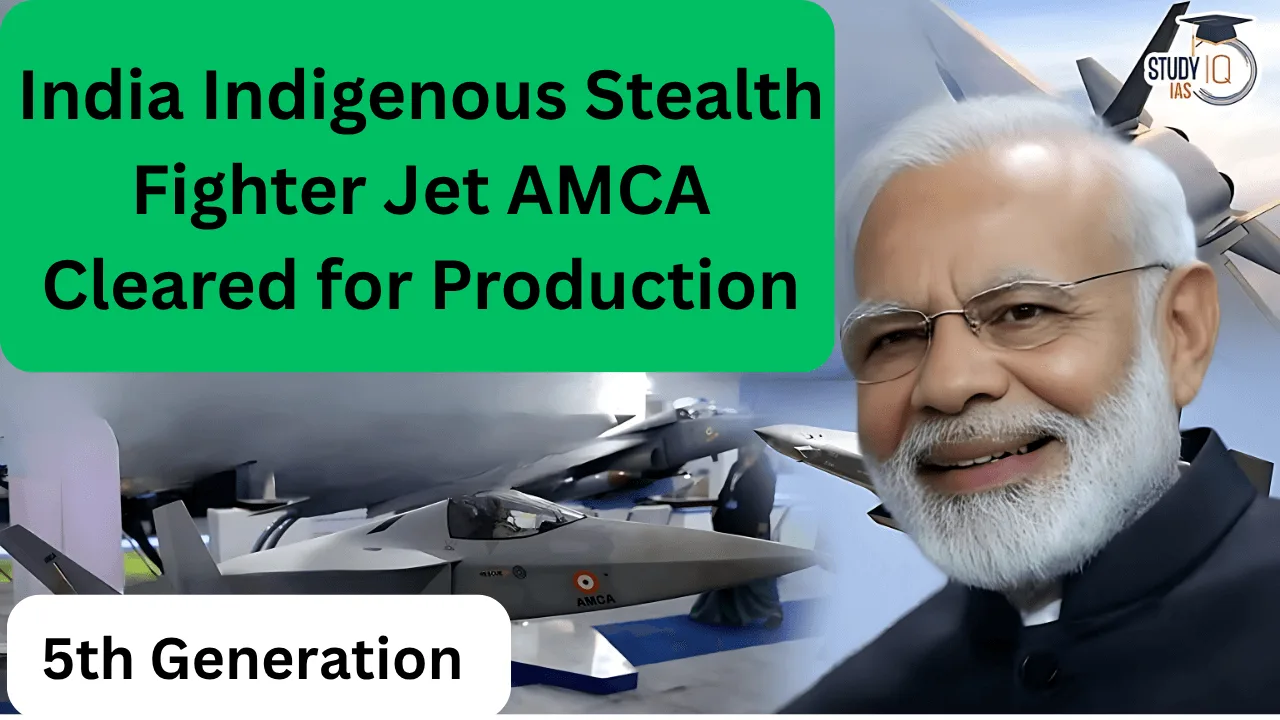

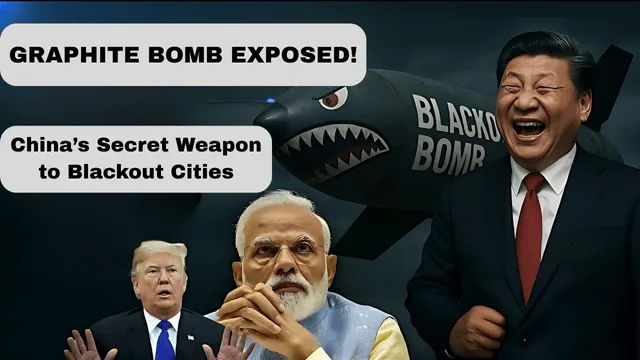



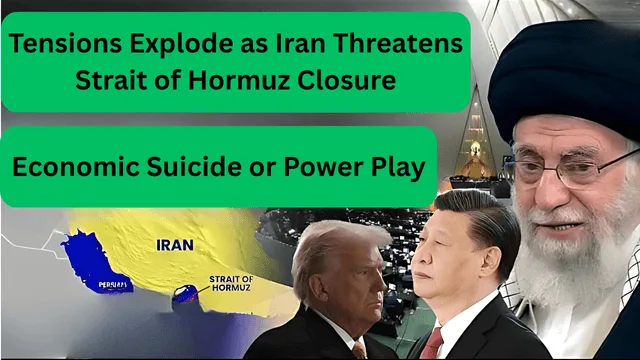


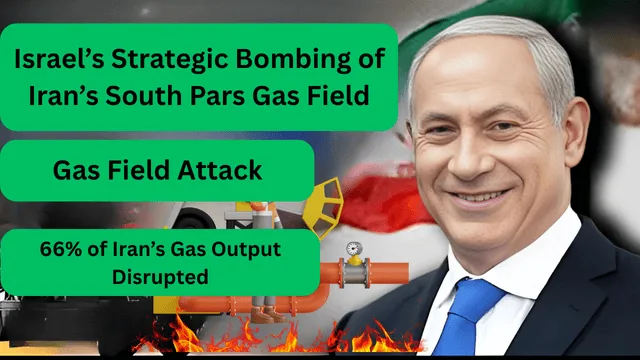

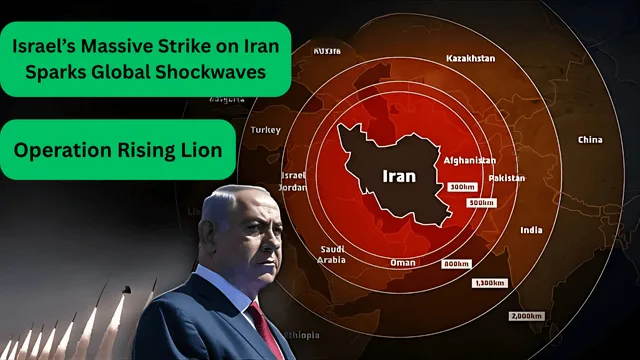
IT
It’s truly exciting to see India making such a significant leap in defense technology with the AMCA project. The fact that it’s an indigenous design and development is a point of pride, and it’s about time we became self-reliant in such critical areas. However, I’m curious about how the project will ensure timely execution without delays, given the complexity of developing a fifth-generation stealth fighter jet. Also, what specific challenges does India foresee in bringing this project to fruition? It’s impressive that we’ll join an elite club of nations, but how will this impact our geopolitical stance in the region? Lastly, while the focus is on future warfare, how does this project balance cost-effectiveness with cutting-edge technology? What’s your take on the potential global implications of the AMCA’s success?